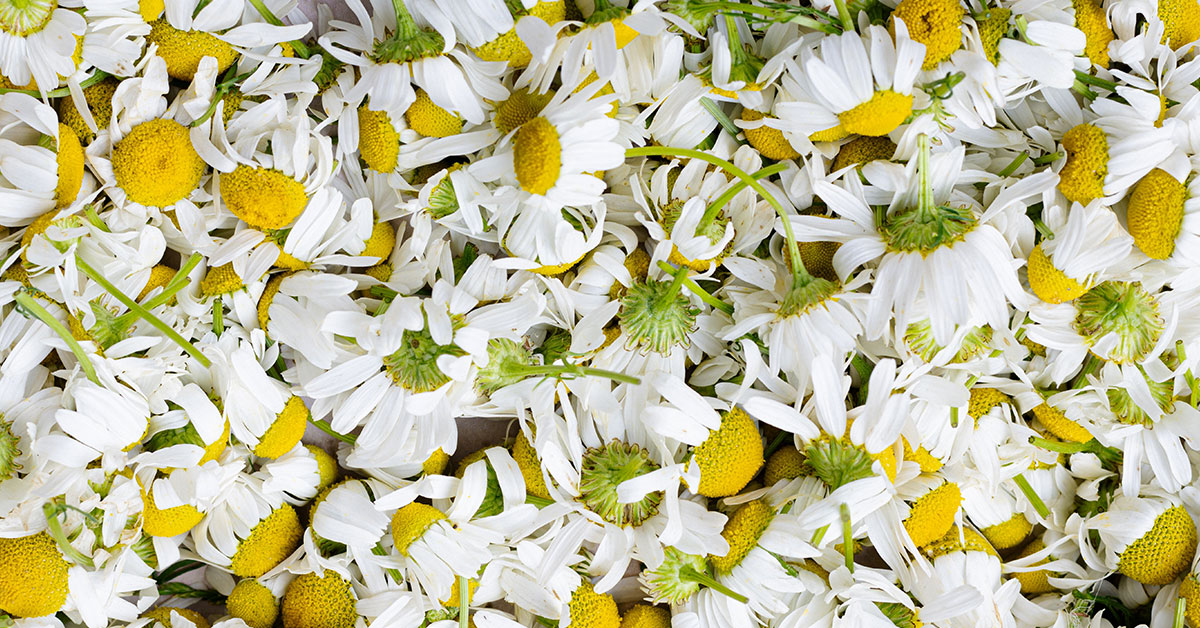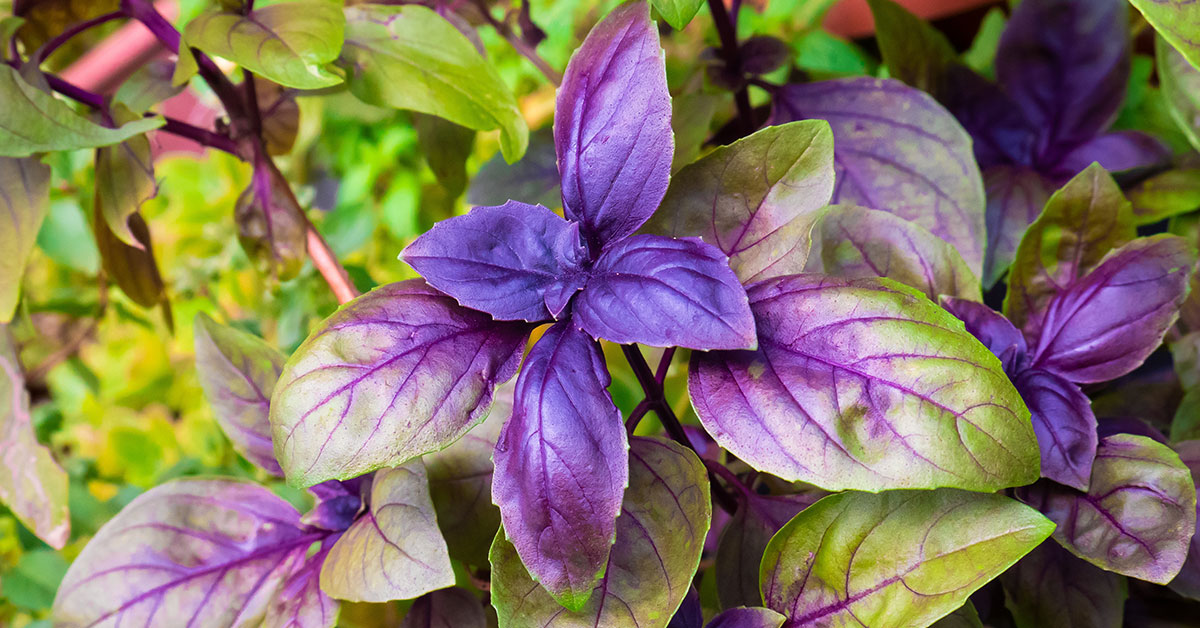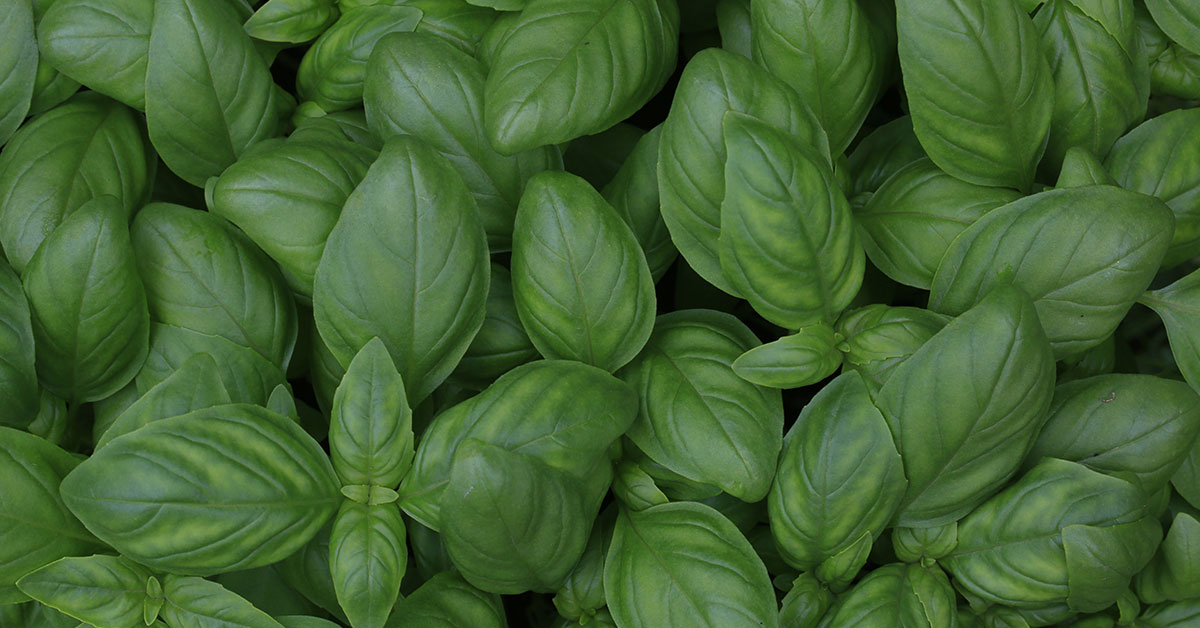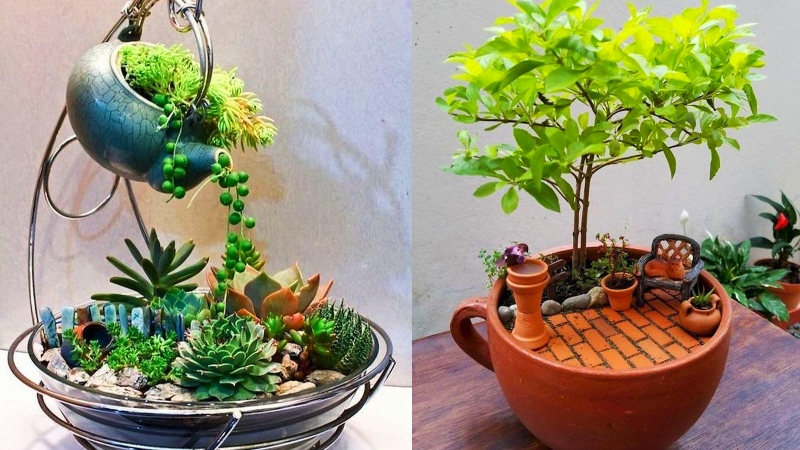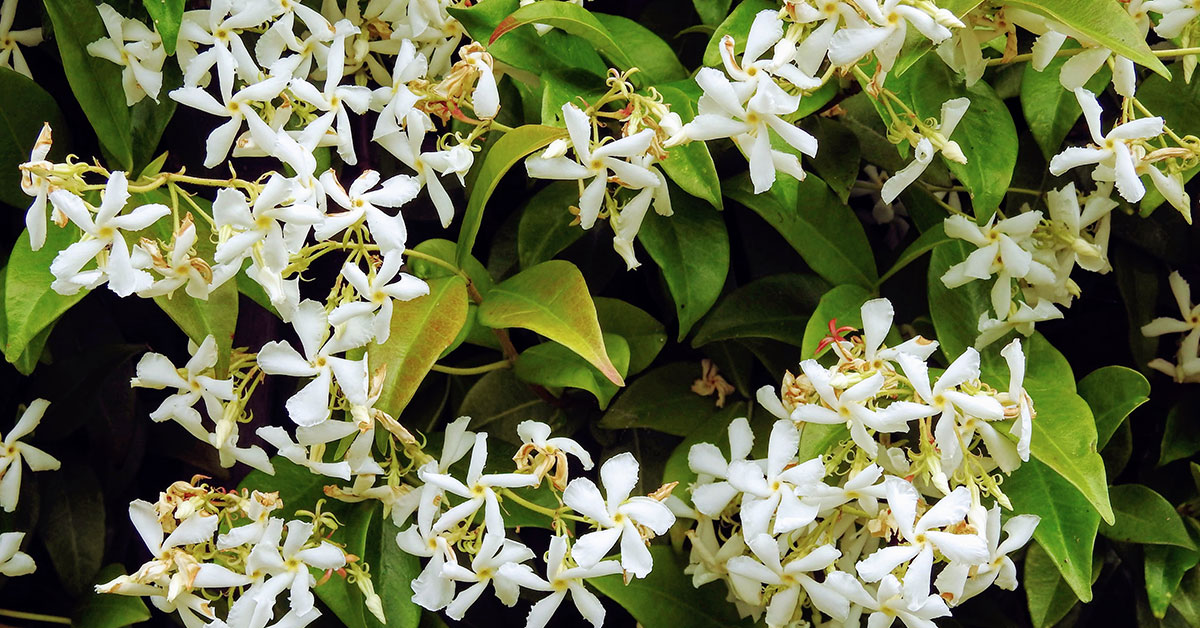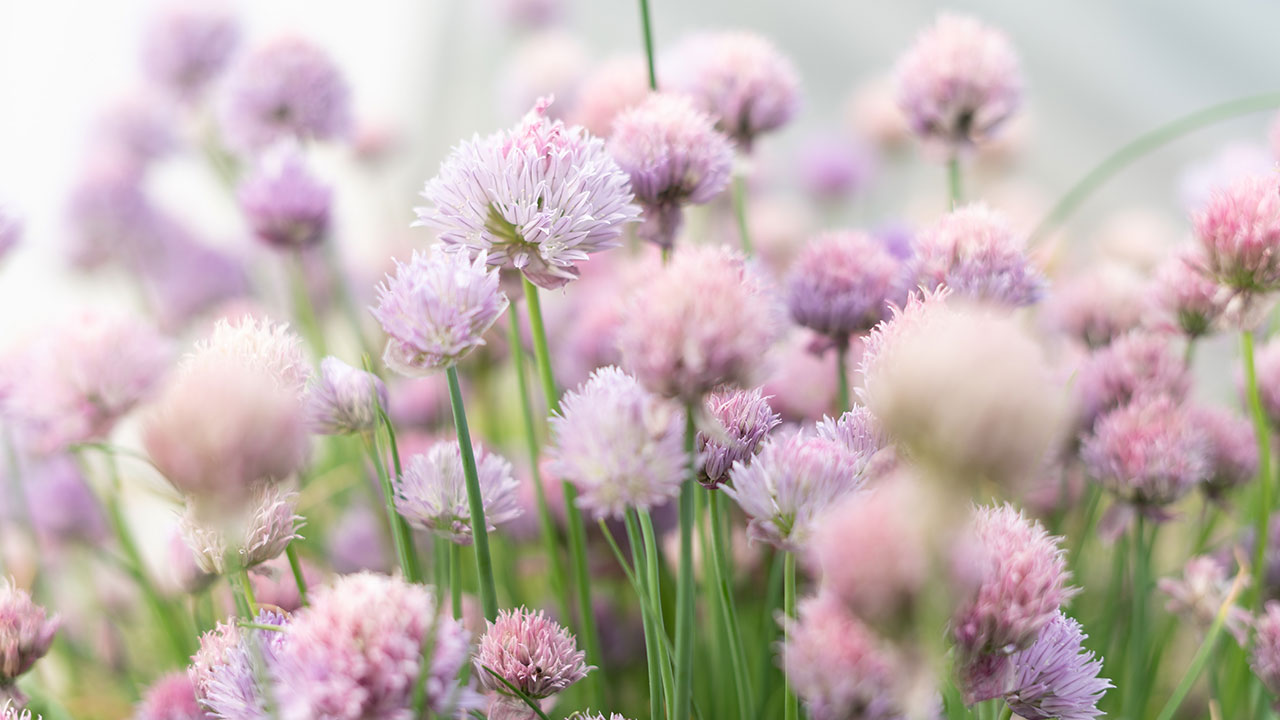Stevia, scientifically known as Stevia rebaudiana, is a remarkable plant that has gained popularity as a natural sweetener and sugar substitute. Originating from South America, stevia has been used for centuries by indigenous communities to sweeten beverages and treat various ailments.
With its intense sweetness and negligible calories, stevia has become an appealing option for those seeking to reduce their sugar intake. In this article, we will delve into cultivation, explore the diverse uses of its leaves, and highlight some important considerations for incorporating this herb into your lifestyle.
Growing Stevia
Growing stevia is relatively easy and rewarding, even for novice gardeners. With the right climate and soil conditions, these plants can thrive and produce an abundant harvest.
This herb thrives in warm climates and prefers a temperature range of 20-30°C (68-86°F). It requires well-drained, loamy soil with good fertility and a pH level between 6.5 and 7.5. The plant requires adequate sunlight, making it ideal for cultivation in regions with long summers.
Stevia can be propagated through seeds, cuttings, or tissue culture. Starting with young plants is often easier for beginners. Plant the seedlings or cuttings in well-prepared soil, ensuring a spacing of about 40 cm (15 inches) between plants. Regular watering is essential, but overwatering should be avoided to prevent root rot.
Maintaining the health of your stevia plants is crucial for a bountiful harvest. Here are some care tips:
- Weed regularly to prevent competition for nutrients.
- Mulch around the plants to retain moisture and suppress weed growth.
- Avoid excessive use of nitrogen-rich fertilizers, as they can negatively impact leaf quality.
- Prune the plant to promote bushier growth and enhance leaf production.
Utilizing Stevia Leaves
Harvesting stevia leaves is a simple and straightforward process, making it convenient for home gardeners. Once it has reached a suitable height of around 30 cm (12 inches), the leaves can be harvested selectively.
Choose the healthiest and most vibrant leaves, preferably just before the plant begins to flower. With a gentle cut close to the stem, the leaves can be easily separated from the plant. Unlike some other herbs or crops, stevia leaves do not require complex harvesting techniques or special tools.
Once harvested, the leaves can be dried and stored for later use or used fresh in various culinary applications. The ease of harvesting stevia leaves allows for a continuous supply of this natural sweetener, ensuring its availability for use throughout the year.
To preserve the sweetness and flavor of stevia leaves, drying is essential. Here’s how to dry and store stevia leaves:
- Wash the leaves and pat them dry.
- Spread them out in a single layer on a drying rack or a clean, dry surface.
- Place the leaves in a well-ventilated area away from direct sunlight.
- Once the leaves are crispy and break easily, store them in airtight containers away from heat and moisture.
Culinary Uses
Stevia leaves can be used in various culinary applications as a natural sweetener. Here are a few suggestions:
- Infuse dried leaves in hot water to create a natural, calorie-free sweet tea.
- Crush dried leaves into a fine powder and use it to sweeten beverages like coffee, tea, or smoothies.
- Incorporate leaves into baked goods, such as cakes, cookies, or muffins, for a healthier alternative to sugar.


